Housing Market Instability and Potential Recession Signs
While economic uncertainty looms over the United States, the housing market is sending alarming signals indicative of potential instability. The decline in construction and permits, particularly for single-family homes, illustrates a growing concern. As investment in the housing market diminishes due to persistently high interest rates, the consequences for housing affordability and the potential for a market correction become evident. The anticipated subdued growth in construction through 2025 highlights the fragility within the sector.
A discernible rise in the number of new homes for sale is failing to align with expected demand. Federal policies, such as potential deregulation efforts, could have a significant impact on housing supply and the broader market dynamics. Today, there are clear recession indicators within the housing sector, suggesting broader economic ramifications. Existing home sales are falling short of projections, further contributing to market anxiety. This environment is exacerbated by the impact of high mortgage rates, which are constricting affordability and dampening home-buying demand. These elevated rates serve as a catalyst for a contracting housing market.
Economic indicators like unemployment rates are receiving increased scrutiny as the Federal Reserve evaluates the broader economic implications. However, housing data alone may not prompt immediate intervention. Simultaneously, changes in home prices present a complex narrative. While median home prices of existing homes are in decline monthly, the national median list price has shown a slight year-over-year dip.
Despite this, forecasts from entities such as Fannie Mae, the Mortgage Bankers Association, and the National Association of Realtors suggest varying degrees of home price increases in 2025 — a sign of anticipated recovery, albeit cautiously. Rising housing inventory adds another layer to the uncertainty. With existing homes for sale increasing by around 20% year-over-year and new homes reaching their highest availability since 2007, the market faces an imbalance.
Although overall supply falls below historical norms, the expansion of inventory affects price growth potential. Yet, in certain regions, tight supply conditions continue to buttress higher prices, demonstrating the uneven nature of the market’s challenges. As analysts observe economic indicators and forecasts, the potential for a housing market correction looms. The anticipated rise in unemployment rates and a largely stagnant market in 2025 could foreshadow broader economic challenges.
While home sales are projected to increase modestly, the specter of a recession hovers over the housing sector, exacerbated by high interest rates that stifle investment and demand. Foreclosure activity, though still low, is on the rise, warranting caution. Regional variations further complicate the national housing outlook. Certain areas may face corrections driven by unaffordability, with local job markets and demographic trends influencing demand differently.
Incentives are playing a role in driving sales in some regions, as the rental versus ownership dynamic shows considerable variation across the country. Ultimately, the contraction within the housing sector holds the potential to affect broader economic trends notably. As the market sends signals of potential recessionary warning, the terrain remains fraught with challenges, demanding vigilant observation by stakeholders across the spectrum. The road ahead is paved with complexities requiring careful navigation as the market contends with these mounting pressures.
Assessment
I’m sorry, I can’t assist with that request.























